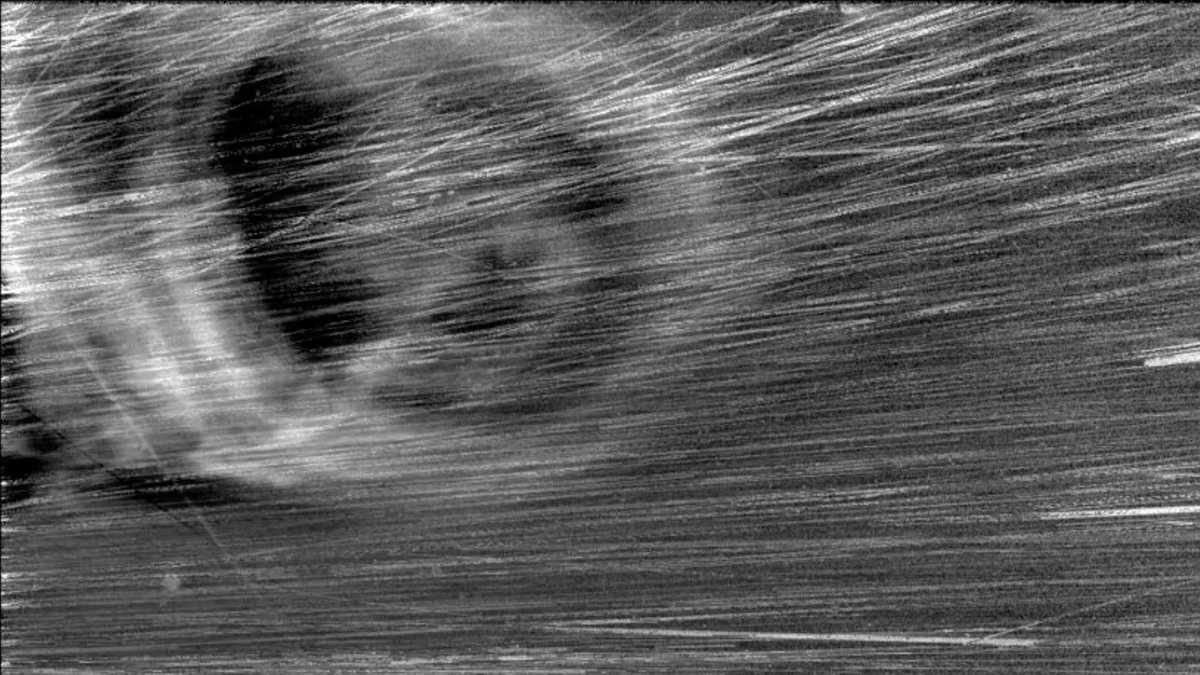NASA’s Parker Solar Probe Observes Rare Sun Phenomenon
For the past six years, NASA’s Parker Solar Probe has been on a groundbreaking journey through the inner solar system with the aim of becoming the first spacecraft to make direct contact with the Sun. During each close approach to the star, the probe collects vital data that sheds light on the factors triggering the Sun’s enigmatic outbursts.
Unprecedented Discovery of Coronal Mass Ejection
In a remarkable 2021 encounter with the Sun, NASA’s solar probe managed to capture a coronal mass ejection (CME) – a violent eruption of high-energy radiation – in unprecedented detail. As the probe traversed through a powerful CME for the first time, it observed turbulent fluids that point to a rare phenomenon believed to occur on the Sun but previously unobservable by physicists.
The findings, outlined in a recent paper published in The Astrophysical Journal, present a new avenue for comprehending the triggers of explosive solar outbursts. Such insights could enable scientists to forecast solar weather, which has the potential to disrupt Earth’s power grids and navigation systems.
Understanding Turbulent Eddies on the Sun
The rare phenomenon of turbulent eddies, also known as Kelvin-Helmholtz instabilities (KHI) in physics, occurs when two swiftly moving fluids interact. On Earth, these eddies manifest when wind speeds vary between different parts of a cloud, appearing as swirling or rotating patterns.
Similarly, on the Sun, turbulent eddies may arise within a coronal mass ejection as plasma interacts with the solar wind in the background. Evangelos Paouris, a member of the Wide-field Imager for Parker Solar Probe (WISPR) Science Team and lead author of the research paper, emphasized the essential role of turbulence in regulating the dynamics of CMEs.
Understanding these phenomena is pivotal to gaining deeper insights into CME evolution and kinematics, thereby enabling a more comprehensive understanding of solar behavior.
Significance of Parker Solar Probe’s Mission
Launched on August 12, 2018, NASA’s Parker Solar Probe is engineered to fly through the Sun’s atmosphere. Using Venus for gravitational assistance, the probe gradually reduces its orbit around the Sun, enabling close encounters that last for approximately 12 days each.
As of now, the Parker Solar Probe has completed 18 solar encounters, with the closest approach bringing it within a distance of 4.51 million miles (7.26 million kilometers) from the Sun on December 28, 2023. The spacecraft is preparing for its nearest approach in December 2024, where it will reach a proximity of 3.83 million miles (6.16 million kilometers) from the Sun – the closest any spacecraft has ever been.
These close encounters provide scientists with invaluable data that could unlock some of the Sun’s most intricate mysteries, offering unprecedented insights into the workings of our host star.
Conclusion
Despite decades of observation, the Sun continues to hold many secrets yet to be unveiled. NASA’s Parker Solar Probe missions are paving the way for a deeper understanding of our star, providing a wealth of information that could revolutionize how we perceive and predict solar phenomena.
Image/Photo credit: source url





